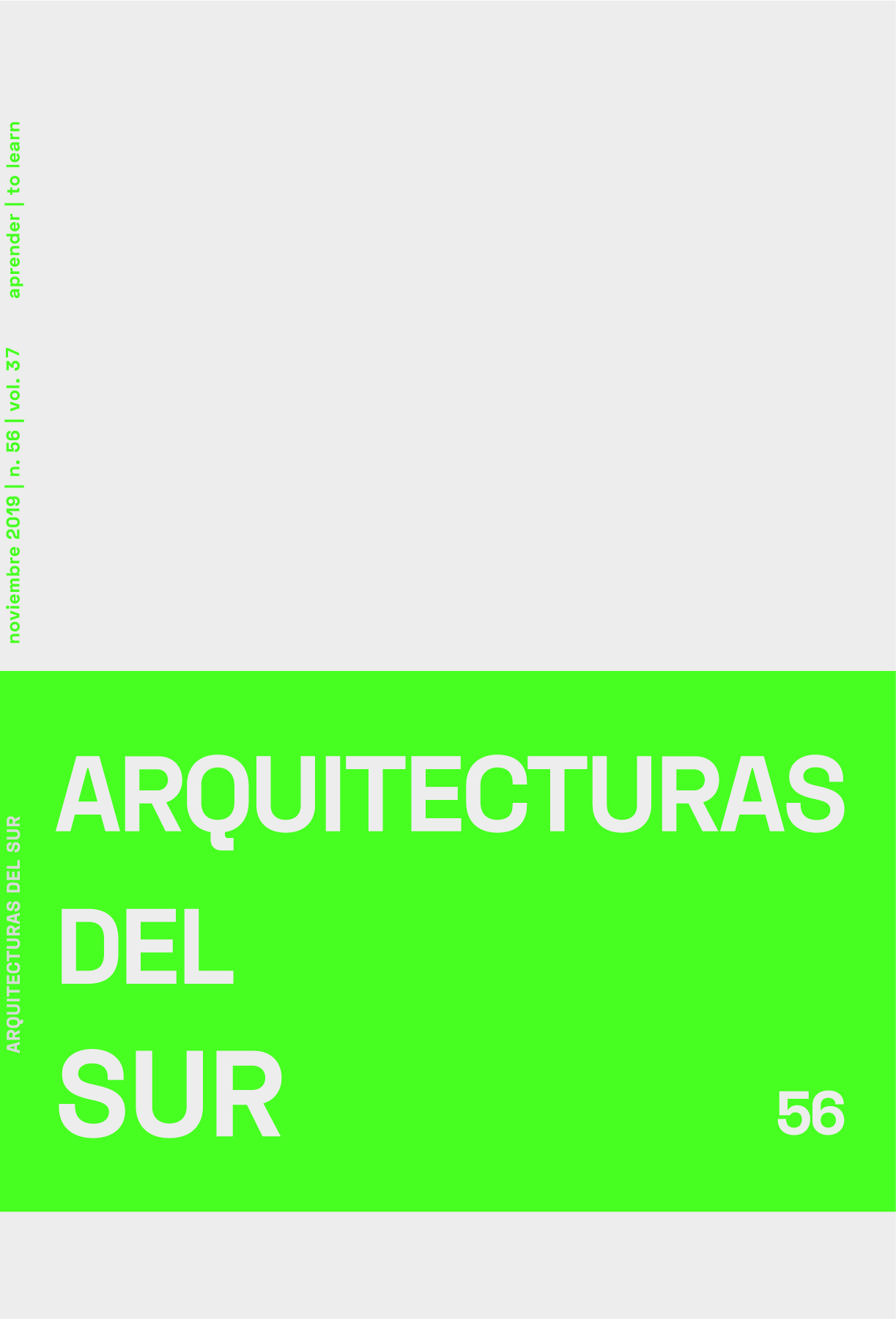Beginnings and endings. Post-Bologna teaching transformations. The case of the School of Architecture at the University of Alcalá (UAH)
DOI:
https://doi.org/10.22320/07196466.2019.37.056.02Keywords:
Teaching of architecture, Bologna Process, university organization, initial cycle, license- granting master’s degreeAbstract
The following article has two objectives. The first is to present the results of the innovation in teaching project entitled “Teacher transformations in the initial and final cycles of the architecture major in the new disciplinary, social and technological context” (University of Alcalá, 2017- 2018). The impact or responses given in the initial and final cycles of the major at the University of Alcalá’s School of Architecture were evaluated in light of two phenomena that have conditioned the teaching of architecture in the last two decades: the organizational and methodological reforms to European higher education summarized in the Declaration of Bologna (1999), and a professional context marked by complex social and professional transformations. The second objective is to compare these results with the current situation of architecture schools in Chile. In summary, the results of this research confirm that in the initial cycle a new student profile has arisen with special characteristics that require the rethinking of teaching approaches in the classroom. Meanwhile, in the final cycle it was observed that the implementation of the license-granting master ́s degree required to practice architecture has made it necessary to modify the structure and teaching in the last stage of the educational process with shortened periods of study and by fostering the integration of knowledge in the final project when faced with the fragmented understanding achieved with the degree. In comparison with the case in Chile, there are a number of similarities, but also significant differences mainly due to the university policies of both countries. Likewise, it is clear that the ambitious and opportune objectives established by the Bologna Process do not produce the expected results in the end.
Downloads
References
Bardí, B. y García-Escudero, D. (2018). The JIDA conference: Teaching practice as research. Journal of Technology and Science Education, 8 (3), 146-154. DOI: http://dx.doi.org/10.3926/jotse.405
Goycoolea, R. y Fuentealba, J. (2018). Visitas dibujadas: He dibujado la Alhambra, la recordaré para siempre. Revista MOUSEION, (29), 265-286. Recuperado de https://revistas.unilasalle.edu.br/index.php/Mouseion/article/view/4700/pdf
Lee, J., Juares, A. y Colomés, E. (2019). Iniciación al proyecto arquitectónico: el ejercicio como dispositivo de aprendizaje. Revista ZARCH, 12, 110-123. DOI: https://doi.org/10.26754/ojs_ zarch/zarch.2019123546
Ockman, J. (2014). Progressive Learning. Architectural Review, Academic Annual 2014, 76-79.
Puig-Pey, A. (2017). El arquitecto: formación, competencias y práctica profesional. ACE: Architecture, City and Environment = Arquitectura, Ciudad y Entorno, 12 (34), 301-320. DOI: 10.5821/ace.12.34.5296.
Rioseco, C. (2005). Enseñanza y profesión. ARQ, 61, 90-91.
Sauquet, R. y Serra, M. (2018). El máster ‘habilitante’ en arquitectura, una oportunidad para un aprendizaje experiencial. En: García- Escudero, D. y Bardí, B. (eds.). “VI Jornadas sobre Innovación Docente en Arquitectura (JIDA’18), Escuela de Ingeniería y Arquitectura de Zaragoza”. Barcelona: UPC IDP; GILDA; Zaragoza: Servicio de Publicaciones de la Universidad de Zaragoza, pp. 562-573.
Sollohub, D. (2019). Millennials in Architecture. University of Texas Press. Edición de Kindle.
Souto, M. (1999). Los dispositivos pedagógicos desde una perspectiva técnica. Grupos y dispositivos de formación. Buenos Aires: Novedades Educativas.
Ulargui, J. y De Miguel, S. (2017). Aula abierta. En: García Escudero, D. y Bardí, B. (eds). “V Jornadas sobre Innovación Docente en Arquitectura (JIDA’17), Escuela Técnica Superior de Arquitectura de Sevilla”. Barcelona: UPC IDP; GILDA, 2017, pp. 556-564.
Ulargui, J. (2019). Tan lejos, tan cerca: universalidad y conciencia para la educación del siglo XXI. ZARCH, 12, 28-37. DOI: https:// doi.org/10.26754/ojs_zarch/zarch.2019123536
Published
How to Cite
Issue
Section
License
The content of the articles published in each issue of Arquitecturas del Sur is the sole responsibility of the authors and does not necessarily represent the opinion of University of the Bío-Bío.
The authors will maintain their copyright; however, they will guarantee the journal the right to first publication and dissemination of their work. The publication of the article in Arquitecturas del Sur will be subject to the Creative Commons International license (CC BY-SA) that allows others to adapt: remix, transform and build on the material for any purpose, even commercially; share: copy and redistribute the material in any medium or format, as long as the authorship and first publication in this journal are acknowledged by citing them correctly, and their new contributions are under a license with the same terms.














 Programa de Información Científica/Concurso Fondos de Publicación de Revistas Científicas 2018/ Proyecto Mejoramiento de Visibilidad de Revistas UBB (Código:FP180007)
Programa de Información Científica/Concurso Fondos de Publicación de Revistas Científicas 2018/ Proyecto Mejoramiento de Visibilidad de Revistas UBB (Código:FP180007) 
